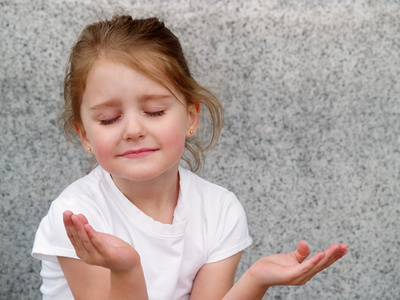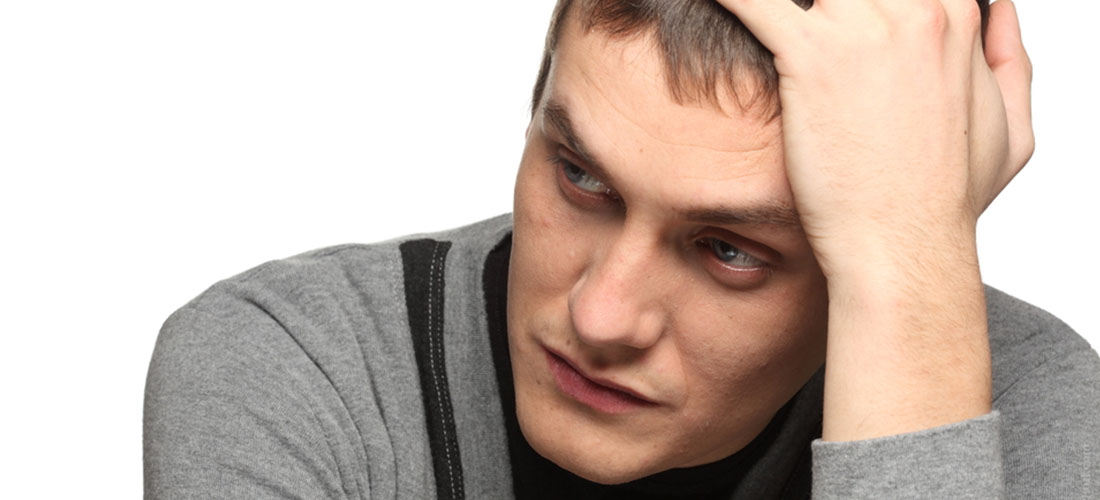Ever had a hard time sleeping before an important day?
Felt an intense beating of your heart before going up on a big stage?
Rapid breathing, heart thumping, and excessive sweating are the telltale signs of anxiety — a normal and necessary feeling that a person may experience.
Millennials are dubbed as the “anxious generation”, which is understandable. We were born into a world that feeds off of competitiveness and competition. For some unknown reason, it was drilled into our minds to strive hard and always be at the top.
In addition to career and academic pressures, life is constantly throwing us something to worry about. The pandemic, political incompetence, talks of war, and social injustices.
Juggling everything is bound to make anyone snap. It is almost impossible not to be anxious and stressed out with the daily struggles of life. But, if not managed well, it can lead to the development of a serious mental illness called anxiety disorder.
Anxiety disorder is a debilitating disease that may leave a person unable to function and live life normally. It is an irrational fear or worry that does not go away; it becomes bigger and worse over time. The longer it stays on your mind the more it feels like a huge black hole that is slowly sucking you in.
How Mindfulness Helps
Anxiety is a preventable and treatable disease. Unfortunately, the social stigma and financial barriers around its treatment are hindering people from seeking psychological help.
Luckily, researchers and psychologists found other ways to battle and cope with stress and anxiety. These are holistic activities like physical exercise, yoga, meditation, and mindfulness.
Mindfulness programs were created in 1979. But, it is only during 2012 that it was first documented to have physical, mental, and psychological benefits to the human brain. A neuroscientist at Harvard conducted scientific research and yielded the following results:
- It counters stress, anxiety, and burnout
- It improves cognitive function such as memory and attention
- It increases empathy and self-regulation
- It reduces high blood pressure and stables the heart rate
- It improves brain activity
Mindfulness is the state of being grounded or present in the moment and devoid of any distractions. You are aware of your anxious thoughts, feelings, and emotions but you are not letting it rule you.
Mindfulness is training your mind to be present and to live in the “now”—taking a deep breath and not reacting to your negative thoughts and feelings. Mindfulness is especially helpful during dire anxiety and panic attacks where the fear usually stems from a future circumstance.
Mindfulness can be in the form of meditation, an audio exercise, a physical activity, or a partnered session with a psychologist. Some exercises can be done in under a minute or while doing your daily activities like brushing your teeth.
There are also audio exercises where a speaker will instruct you what to do. If you want to do it on your own, you can start by doing mindfulness meditation in your room. You can time it as long as you want. Even a few minutes of meditation helps you get through your day.
- Find a quiet and comfortable place to settle in. You can sit in a chair in a relaxed state or find a place on the floor. It also helps to wear something comfortable like yoga wear or clothing—something that will not distract you later.
- Find a relaxing position. You can either sit with your legs crossed or assume an Indian-like sitting position. You can also lay back on a comfortable sofa or bed.
- Be present. Set aside any thoughts, chores, or problems that fill your mind.
- Breath. Feel and follow your breathing. Attune all your senses to the sensation of breathing—the way the air moves into your nostrils and out of your mouth. Pay attention to the rise and fall of your chest and diaphragm as you breathe. Do this for a couple of minutes.
- Let your thoughts flow. While doing your breathing exercise, your mind will wander off to other things or places. Let it. Just let your thoughts come and go without judgment. If you feel like you are wandering too far, just go back to focusing on your breathing.
We hope you enjoyed the article. Learn more about products that help you relieve anxiety.






Comments are off this post!